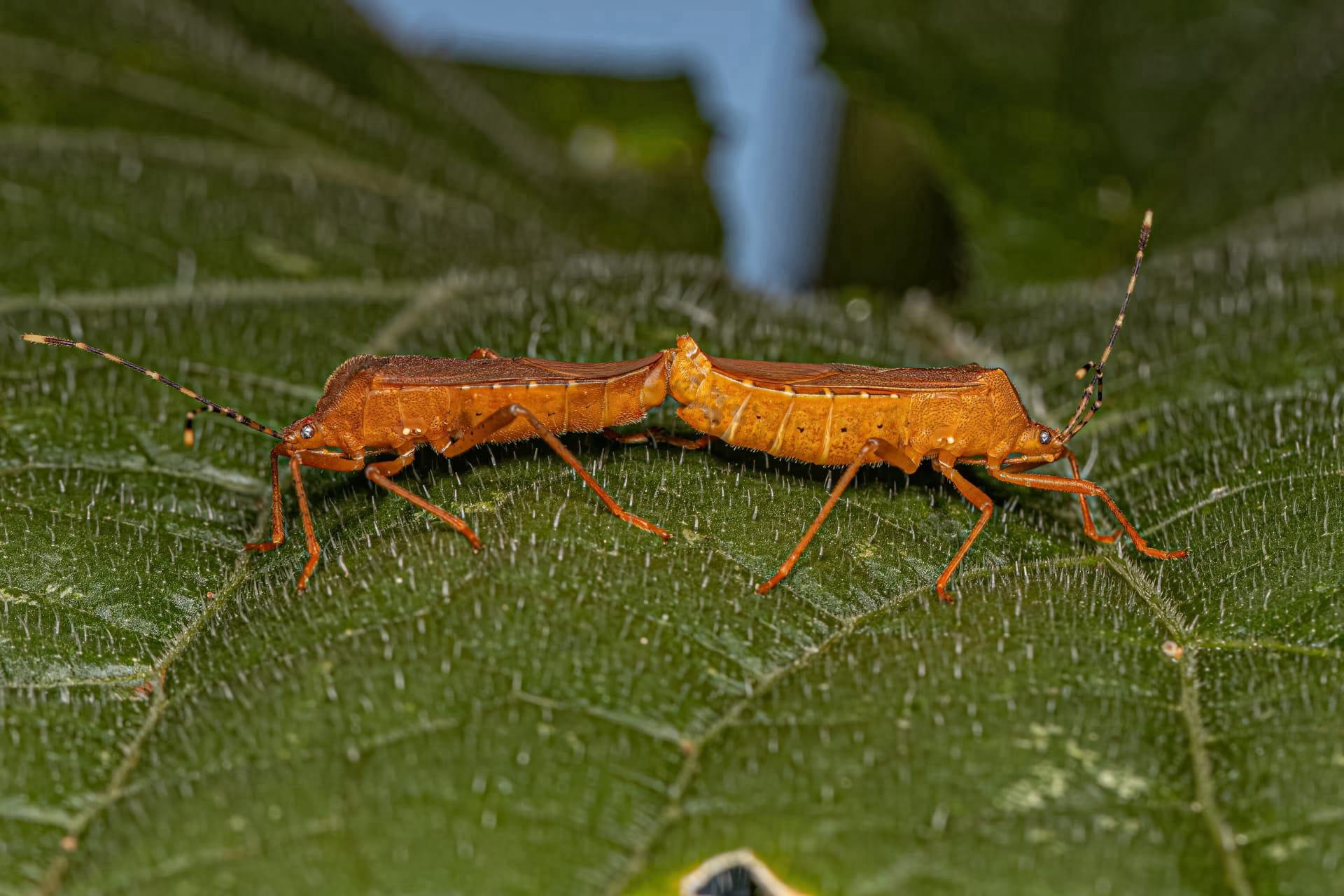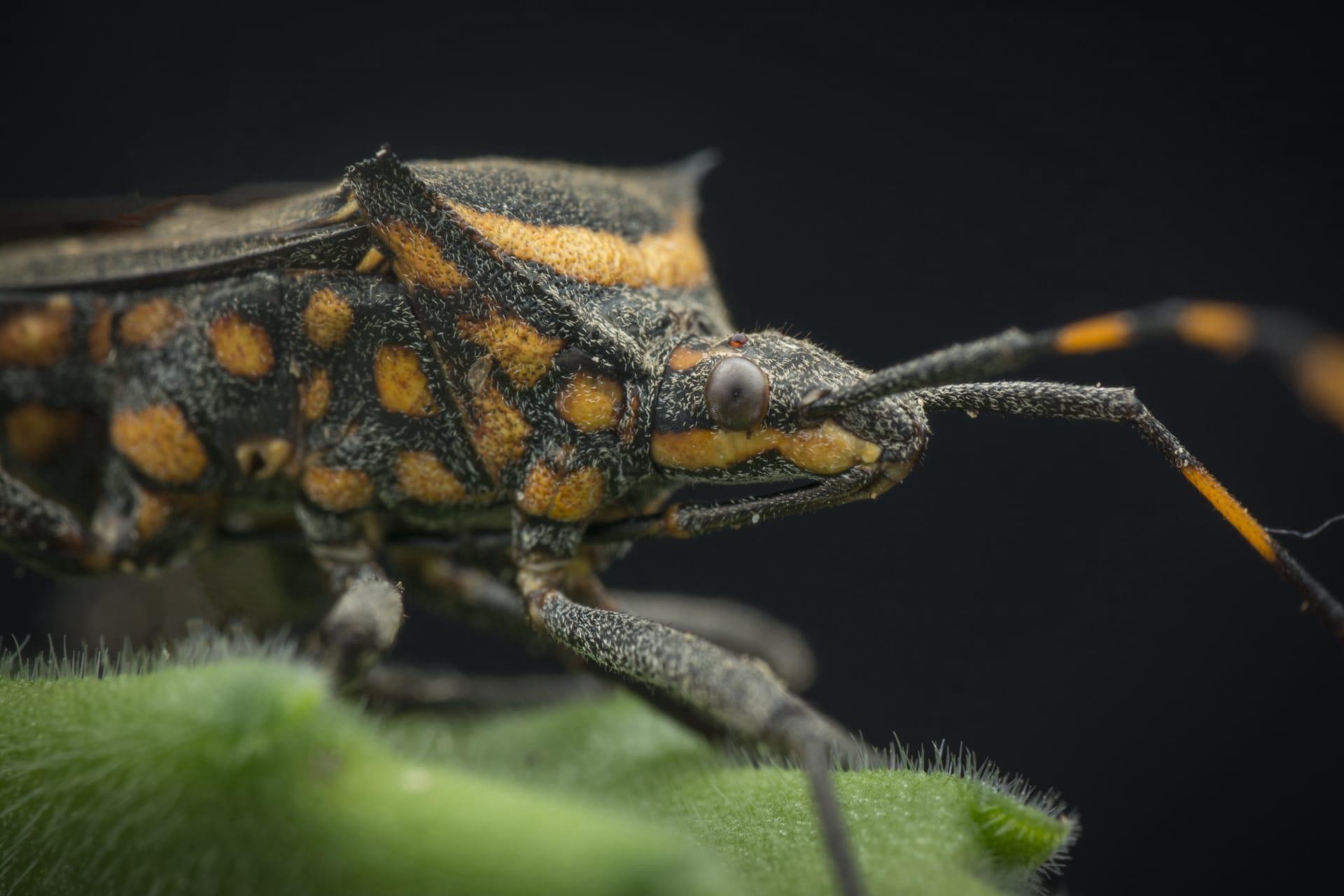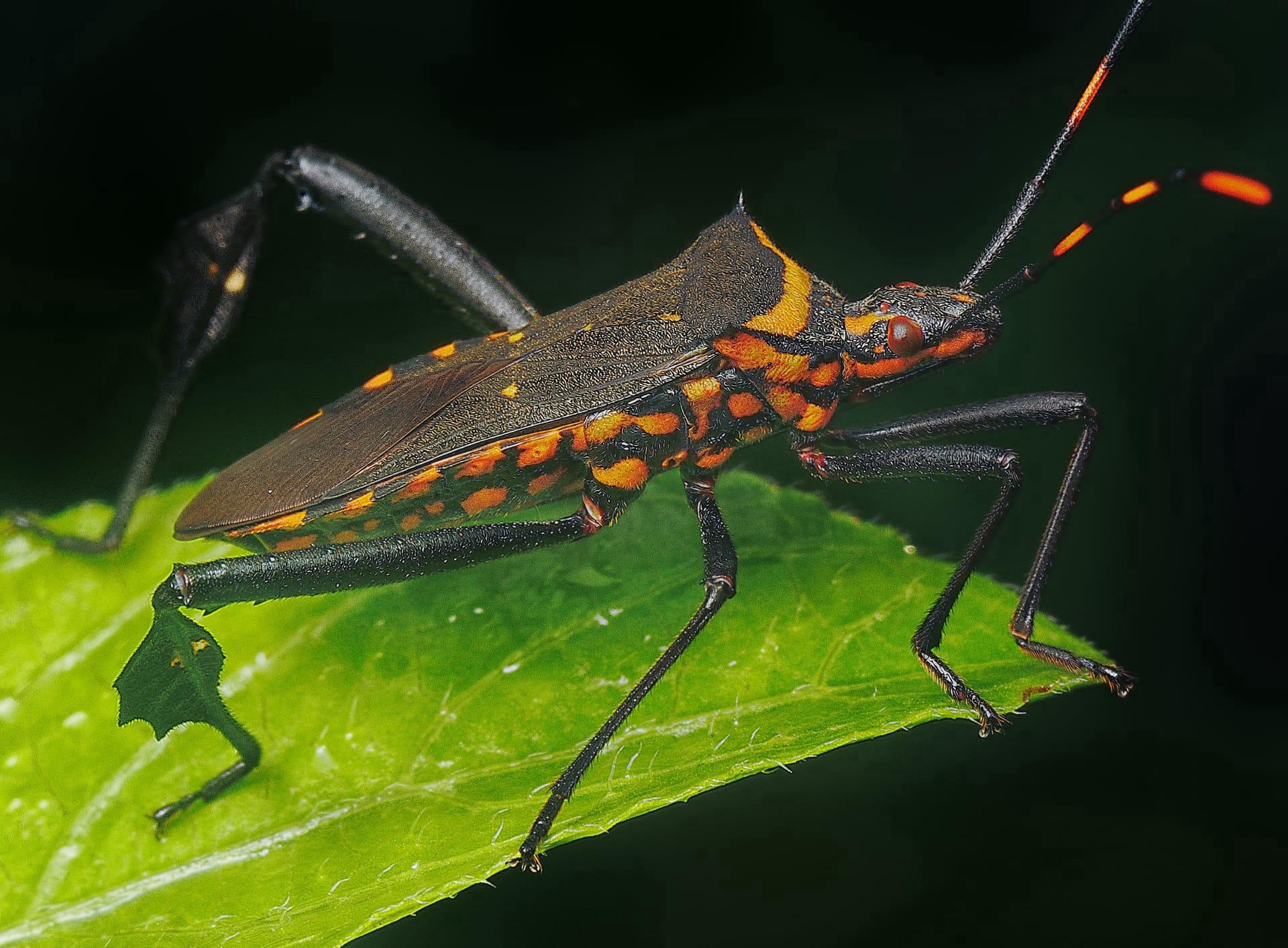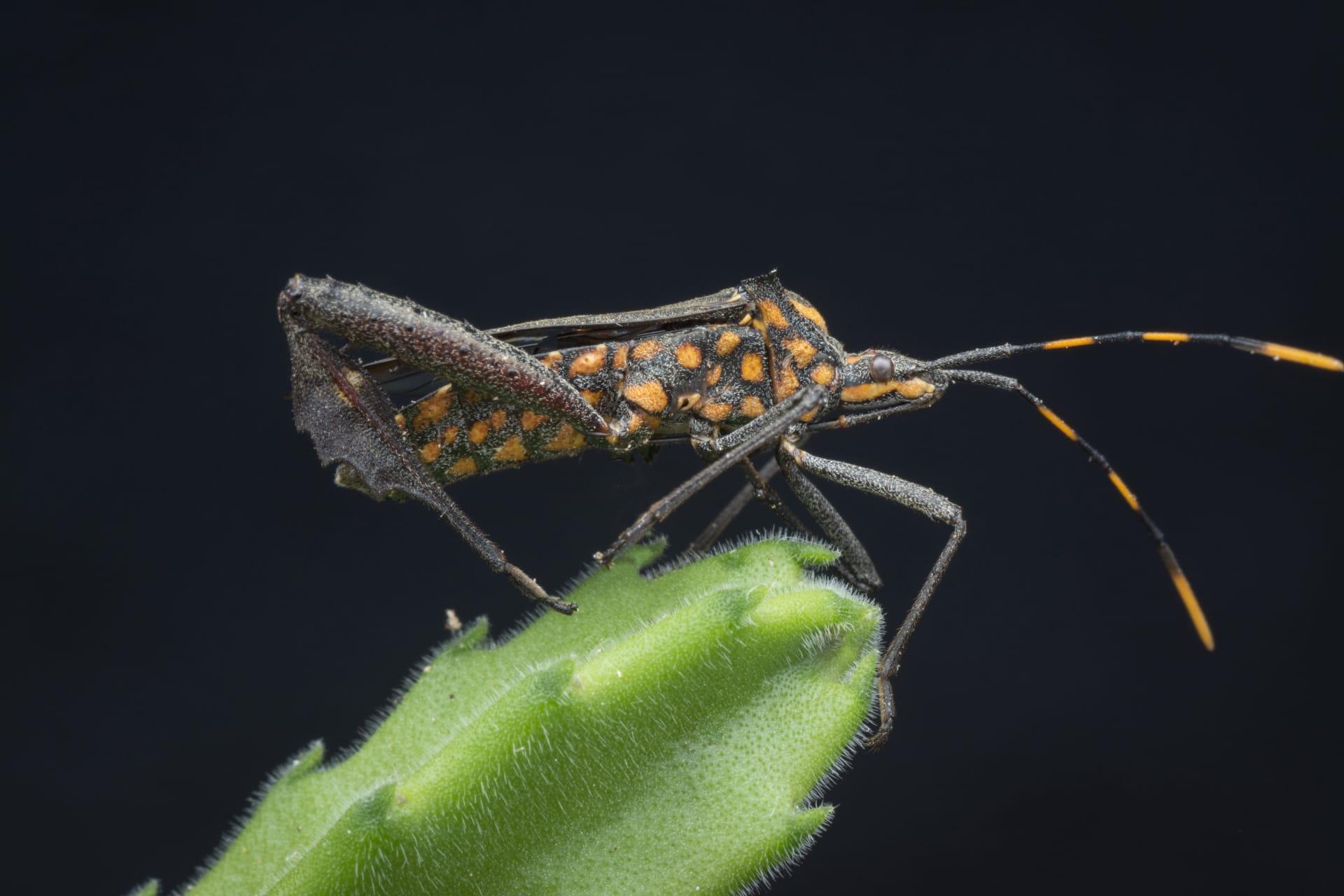Squash Bugs
- Home /
- Mini Encyclopedia /
- Animal /
- Squash Bugs
1
Squash bugs, scientifically known as Anasa tristis, belong to the Coreidae family, within the order Hemiptera. This classification places them in the same order as aphids, cicadas, and shield bugs, but in a different family. As true bugs, squash bugs possess piercing-sucking mouthparts and a distinctive shield-shaped thorax. Their life cycle includes egg, nymph, and adult stages, with a gradual metamorphosis process. Adult squash bugs are typically about half an inch long, with a dark brown or gray body and flat back.
Squash bugs are primarily found in North America, especially in the United States. They are commonly seen in gardens and fields where squash and related plants are grown. These bugs favor warm, temperate climates and are most active during the summer months. They are not migratory insects, but their distribution can expand through the transportation of infested plants or soil. Squash bugs are often found in the eastern United States, but their range extends westward, with sightings reported as far as California.

2
Question: Do squash bugs only feed on squash plants?
Answer: While their name suggests a preference for squash, squash bugs are not exclusive to these plants. They feed on a variety of cucurbit plants, which include squash, pumpkins, cucumbers, and melons. They use their piercing-sucking mouthparts to extract sap from the leaves, stems, and fruit of these plants. This feeding habit can cause wilting, yellow spots on leaves, and stunted growth. In large numbers, squash bugs can significantly damage or even kill young plants. Their diet's diversity shows their adaptability to different plant hosts within the cucurbit family.

3
Squash bugs employ several survival strategies to thrive in their environment. One key strategy is their reproductive behavior. Females lay clusters of eggs, usually on the underside of leaves, which helps protect the eggs from predators and environmental hazards. The eggs are typically bronze or dark brown, making them less conspicuous. Squash bugs also exhibit a form of aggregation where adults and nymphs congregate in large numbers, especially under sheltered areas like rocks or debris. This behavior provides safety in numbers, reducing the risk of predation.
Another survival strategy is their defensive mechanism. Squash bugs produce an unpleasant odor when disturbed or crushed, deterring many predators. This odor is a result of chemicals they secrete, which is a common trait among many species in the Hemiptera order. Additionally, their dull-colored bodies provide camouflage among the leaves and stems of their host plants, making them harder to spot by both predators and gardeners. These strategies enable squash bugs to efficiently avoid threats and maintain their population in various environments.

4
In the ecosystem, squash bugs play several roles that impact their surroundings. As herbivores, they are part of the food chain, serving as a food source for predators like birds, small mammals, and other insects. This predatory relationship helps maintain a balance in garden and field ecosystems. However, squash bugs can also become pests, particularly in agricultural settings where they can cause significant damage to crops.
Their role as pests is notable in their impact on cucurbit crops. By feeding on the sap of plants, they not only damage the plants but can also transmit plant pathogens. The wilting and discoloration caused by their feeding can reduce crop yield and quality. In some cases, heavy infestations can lead to total crop loss. Managing squash bug populations is crucial in agricultural settings, and their presence can influence pest control strategies. Their role in the ecosystem is thus a blend of natural participant and agricultural adversary.

5
Film: "Bugs of the Garden: The Squash Bug" is a documentary produced in the United States in 2019. This film explores the life cycle, behavior, and impact of squash bugs in garden ecosystems. Through macro photography and expert interviews, viewers are offered a close-up view of these insects, highlighting their interaction with plants and natural predators. The documentary also discusses organic and conventional methods to manage squash bug populations in gardens.
Book: "Garden Pests of North America" by George Williams, published in the United States in 2021, includes a comprehensive chapter on squash bugs. Williams provides detailed insights into their biology, behavior, and control methods. The book is well-researched, combining scientific facts with practical gardening tips, making it a valuable resource for both amateur and professional gardeners.
Book: "Insects in the Backyard" by Dr. Emily Hart, published in Canada in 2022, features a section dedicated to squash bugs. Dr. Hart delves into their ecological role and the challenges they present in backyard gardens. The book is written in an engaging style, blending scientific information with anecdotes and observations from the author's experiences, offering readers an informative and enjoyable read.